Castrum Lordo
Castrum Lordo was set up in 2012 to safeguard and enhance the architectural, historical, natural and cultural heritage of the site. It was granted a bail emphytiotique for 30 years in a convention betwen the owner, the local commune and the association. Castrum Lordo works closely with the Centre de Castellologie de Bourgogne.
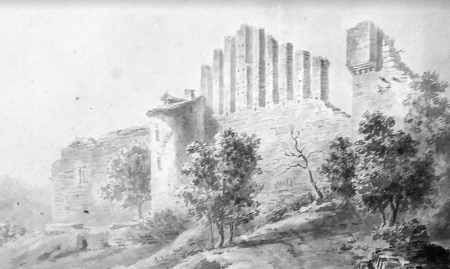
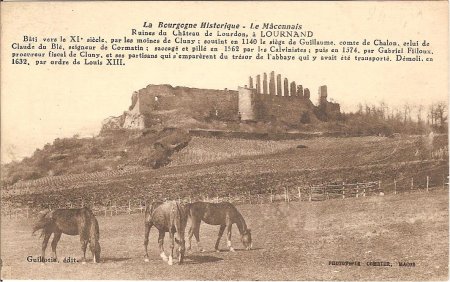
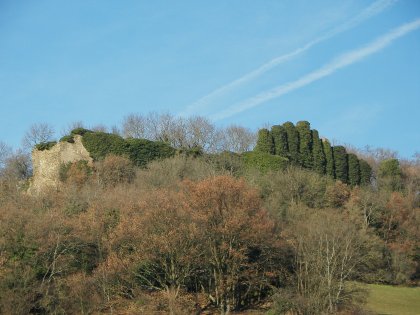
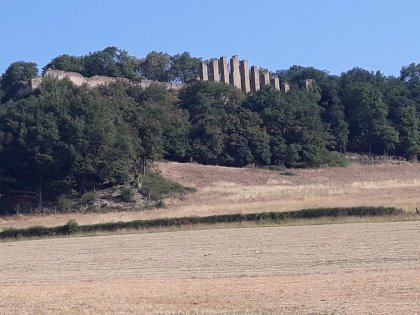
Who we are
Castrum Lordo is made up of a group of local enthusiasts who are inspired by the site and its history and the wish for it emerge from the forest and survive for future generations to explore.
Some of us have skills and metiers to lead and guide our work to safeguard the site while others are willing hands which can be used to support every aspect of the work.
We have around 100 members and about 20 active volunteers many of whom spend one whole weekday and some Saturdays working on the site. During the summer volunteers come together for complete weeks to work on a range of specific projects
Since 2016 Castrum Lordo has leased a parcel of vignes on the hill below the chateau walls where volunteers work the vignes, whose grapes make the wine that funds the work of the association.
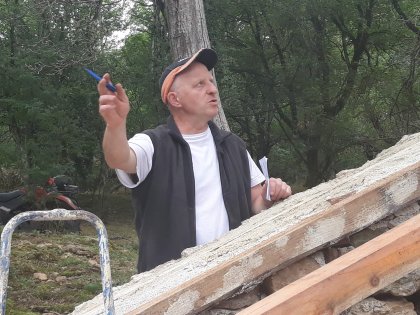 Since the Association's creation Dominique Béruard has been our president. He guides our work on the site
Since the Association's creation Dominique Béruard has been our president. He guides our work on the site
Aims and objectives
As well as safeguarding the site Castrum Lordo works to promote activities in the cultural, educational, environmental and leisure fields.
The walls still standing now need to be consolidated, while respecting the preservation of our heritage and respecting the historical traceability of the site. For this it will require skills, tools and money. We are waiting for you and others to join us and continue the adventure!
Funding
Castrum Lordo is heavily dependent on the generosity of its members and supporters, some welcome small subventions from the commune and the proceeds of the sale of our wine.
Now that we have moved on to the phase of work that requires building materials the work is becoming more costly. For example, we have to buy expensive scaffolding, betoniers, machines, tools, sand and cement to safeguard the structures. We desperately need further subventions and help from our supporters to continue progress.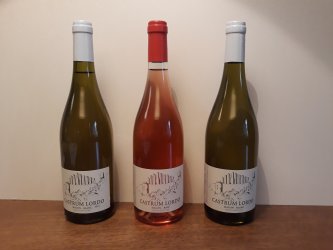
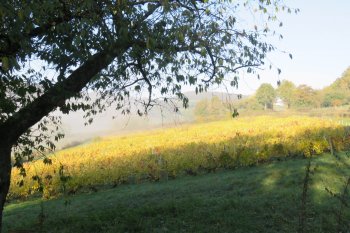
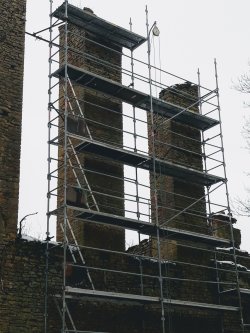
The work
For the first few years a small band of volunteers worked hard to fence off the site, clear the ruins and hillside of ivy, brambles and fallen trees and create a chemin to give access to tractors bringing materials to safeguard the site. Before work started buildings were completely covered in ivy, so much so that even the imposing pilliers of the jeu de paume were hidden from view.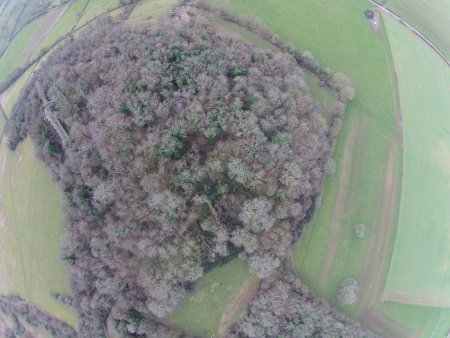
The fence alone, which had to circle the bottom of the hill, was nearly 1.2 kilometres long and had to be strong enough to keep cattle out of the ruins. The chemin had to be created on a hillside where, in recent years, there had only been animal tracks.
That was all completed in early 2017. Since then, in consultation with the archeologists de CeCAB, we have focussed on helping to safeguard the most vulnerable structures which were at serious risk of collapsing completely.
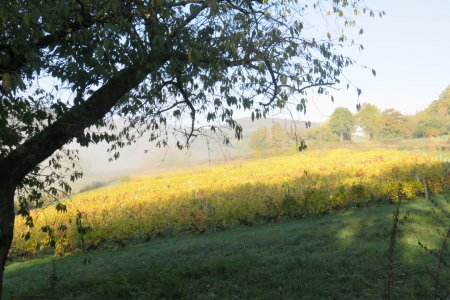
Already, we have secured and safeguarded the tour de poudriere, situated outside the main gates to the chateau, which was in imminent danger of disappearing forever. When we started work on it, it was practically hidden from view behind rampant vegetation which had collapsed the front wall and part of the roof.
By 2017 the whole structure of the tower attached to the jeu de paume was at risk. From the ground floor you could see the open sky more than three floors above and the walls were crumbling. Now, the window frames have been stabilised and partly rebuilt and beams and planks for the floor are now laid at each level.
The fireplaces have been rebuilt and saved and the roof timbers have been put in place. By December 2018 the building had been made made waterproof.
The 19th century "caboin" is now completely restored and is in regular use by the volunteers Scaffolding has been mounted against the first pillars of the real tennis court. It reaches the top where we can see the effects of storms and vegetation over the past 400 years. As a result the stones have been seriously dislodged.Work to repair the damage begins in 2019.
For the future there are numerous projects to be undertaken with the archaeologists, led by Professeur Hervé Mouillebouche of the University of Dijon and the Centre of Casetellologie for Burgundy. They produce annual reports of their work on site and spend a week on site each summer to pursue their studies
Membership
Membership is open to anyone who is interested in the project. New members can also join us as volunteers
Visits
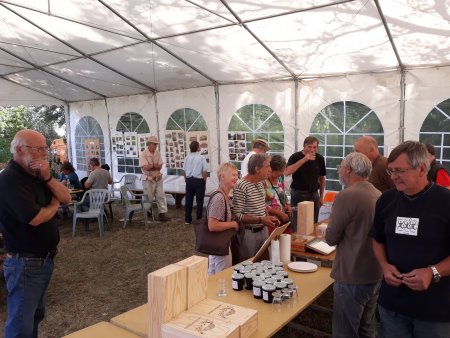 Beacause of the state of the ruins, the site is closed to the public except for guided tours organised by Castrum Lordoand the Patrimoine weekend every September. In 2018 some 650 people came to see the site in just that one weekend. Throughout the year, on request, small groups of up to 20 people can be taken on guided tours of the site.
Beacause of the state of the ruins, the site is closed to the public except for guided tours organised by Castrum Lordoand the Patrimoine weekend every September. In 2018 some 650 people came to see the site in just that one weekend. Throughout the year, on request, small groups of up to 20 people can be taken on guided tours of the site.